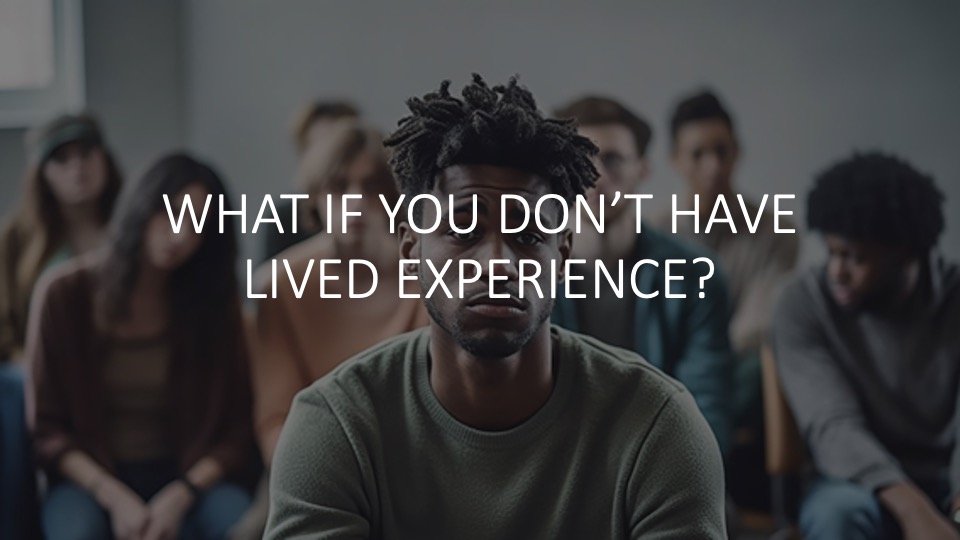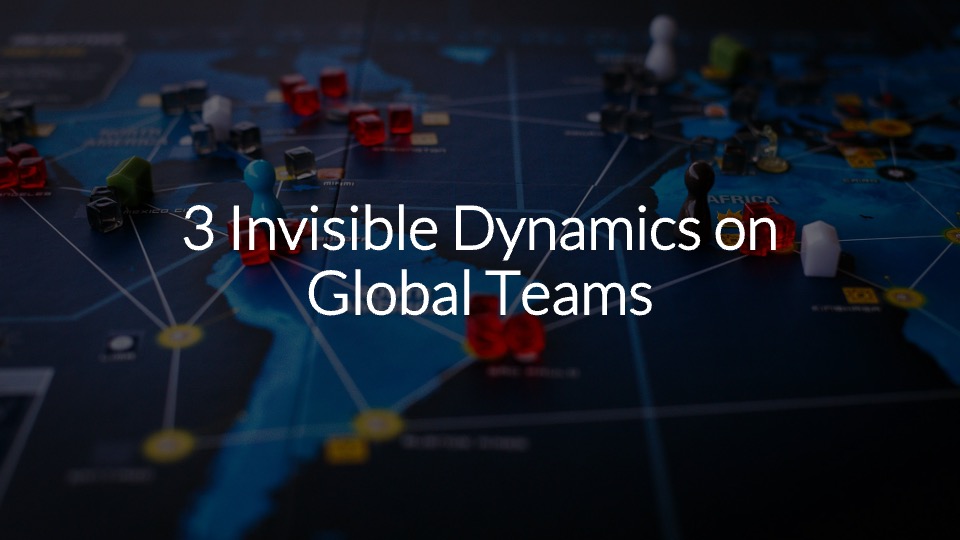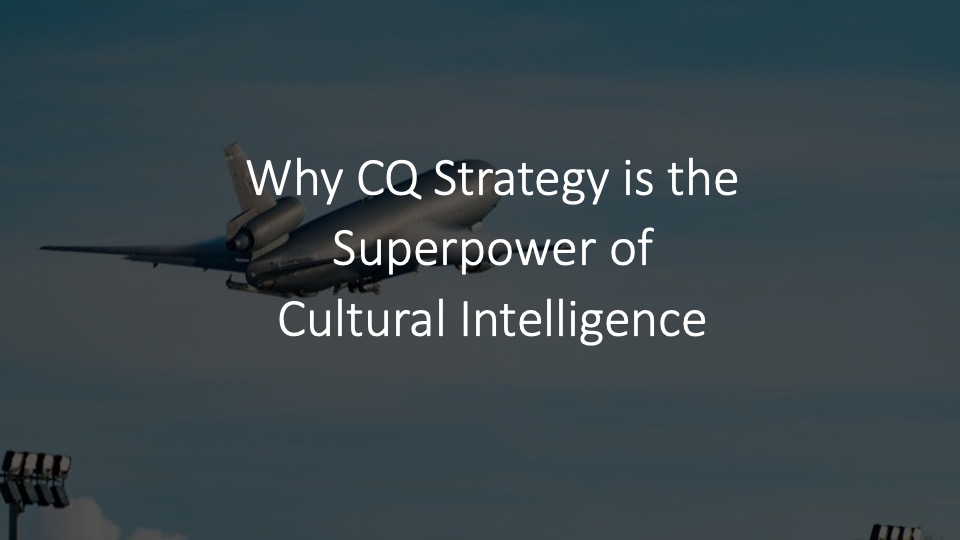
One of the first questions people ask me when they hear about my work in cultural intelligence is, “How did you get involved in this work?” Sometimes, the question is sub-text for “Why does a white guy care so much about this stuff.” Or the question Rodger Dean Duncan asked when he interviewed me for Forbes was: “What’s your response to someone who’s skeptical about a book about diversity written by a white man?”
It’s a fair question. You can read my response to Rodger here but my lack of lived experience with the realities of bias and discrimination is something I think about a lot. I don’t worry about being pulled over because of the color of my skin nor do I wonder how I’ll be accepted when I bring my spouse to a professional gathering. At the same time, I’ve spent a couple decades researching cultural intelligence and inclusive leadership and I’ve had the privilege to live and travel all over the world. Theoretical findings and international experience aren’t a substitute for lived experience as a marginalized group but neither are they irrelevant. And it doesn’t seem right to put all the responsibility for equity and inclusion on those who are consistently marginalized.
Here are five ways I work on compensating for my lack of lived experience.
Perspective-Taking
If you’ve followed my work at all, you won’t be surprised that perspective taking is at the top of the list because it’s one of the only skills that’s proven to reduce the negative impact of bias. Perspective-taking is the ability to step outside our own experience and consider something from another person’s point of view. This might mean trying to see through the eyes of a Black parent who worries about what will happen if their kid gets pulled over. Or it might be considering what it’s like for a neurodivergent teammate to participate in a virtual team meeting. Adam Galinsky’s research finds that perspective taking is most powerful when it’s done in the first person. We can try to personalize someone’s perspective: I’m the only person of color on this team. I better tone down my volume and passion lest someone think I’m an angry Black man.
In order to do accurate perspective-taking, we have to read literature and watch documentaries by and about marginalized communities. And when someone with lived experience is willing to share what life is like through their eyes, listen intently and seek to understand.
Train Our Eyes to “See” It
Many white South Africans say that growing up during apartheid meant you could easily live your life without ever seeing the segregation and discrimination that was just around the corner. Black townships were created in a way that white people had to go out of their way to see them.
Ellen McGirt, a journalist with Fortune Magazine says, “You can’t redesign the system if you can’t see it….You have to be able to see it…feel it, empathize.” How do we train our eyes to see the lived experiences of marginalized groups?
- Notice who isn’t in the room. Ask why.
- Who’s not in your social media feeds?
- Who’s not at your kids’ birthday parties?
- Who’s not on your team?
- Who’s missing from the after work happy hour?
- Who’s missing at the executive level?
- Who’s not in the supply chain?
We see what we pay attention to. And the more we learn to see the experiences of others, the better we can be part of making inclusion more of a reality.
Share the Fear
Many African Americans struggled to function at work in the days following the killings of George Floyd, Breonna Taylor, and Ahmaud Arbery. It was disorienting to join virtual meetings with colleagues chatting about their weekend plans and favorite TV shows, as if there wasn’t a care in the world. When an innocent Black person is shot or the media reports on the discrimination experienced by an immigrant, engage with people in your network who may have had similar experiences and fears. This might mean asking, “Does this happen to you?” or assuring them that you’ve been thinking about them and worry about the weight these kinds of events have on them.
This is tricky because those of us not directly affected by these tragedies often aren’t sure what to say. Many of us didn’t grow up talking about these issues and we’re afraid of saying the wrong thing. But acknowledging the emotional toll that friends and colleagues may feel is a critical part of demonstrating support and care and in a small way, it helps us gain a little more insight into what those with direct experience feel and see.
Avoid Making Our Experiences Parallel
We’ve all experienced being excluded or being in a group where we’re unlike everyone else. There’s an element of those experiences that can be useful for empathizing with those for whom being excluded or viewed suspiciously is an everyday occurrence. In an attempt to empathize and connect, we may be tempted to talk about times when we’ve experienced discrimination. But be very cautious about this.
It’s not that our experiences and challenges are irrelevant. But being quick to say, “I know how you feel” or “I’ve experienced something similar” can minimize the degree to which our friends and colleagues from underrepresented groups experience this kind of thing repeatedly. Instead, we need to listen and validate their feelings without imposing our own narratives.
Don’t Lose Sight of Our Shared Humanity
The concept of “lived experience” originated in the mental health field. It was based on the reality that no one truly understands what it’s like to live with chronic depression or psychosis if they haven’t experienced it. But the question becomes, how much experience is necessary to understand it? Does losing a loved one to depression count? What if you’re a therapist who doesn’t personally experience clinical depression but you work with clients all day long who do?
I sometimes worry that our emphasis on the importance of lived experience may go too far. In my book Digital, Diverse & Divided, I describe the backlash Luke Willis Thompson experienced for creating a documentary about Diamond Reynolds, a Black woman who watched her partner murdered for a minor traffic violation. Despite Thompson being a mixed-race artist, some accused him of not being Black enough to have the right to create this art. He was accused of exploiting a Black woman’s suffering.
There are important debates about whether someone from one race should be creating art about another race. We’re right to ask whether Steven Spielberg should have been the one directing the remake of West Side Story or whether white people should be leading DEI seminars. But somewhere along the way, I worry that we’re dividing and sub-dividing our lived experiences so far that it begins to seem like no one should speak up about anything unless it happened to them. Kimberlé Crenshaw, the originator of the enormously useful concept of intersectionality agrees. She is concerned that her work has become misinterpreted by some to become “identity politics on steroids.”
We can’t lose sight of our shared humanity by dividing into so many sub-groups that we no longer have anything in common with each other. It’s not a zero sum game. We can acknowledge the critical importance of lived experience while not losing sight of what we have in common as humans and the unique contributions each of us can make to promoting equity and inclusion.
We can never fully compensate for our lack of lived experience. But with self-education, empathy, and a commitment to actively engage with a diverse community of friends and colleagues, we can each play our part in building a more culturally intelligent world.



